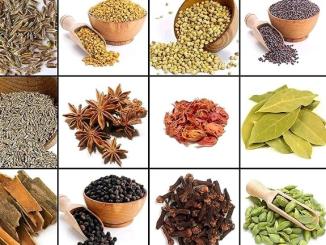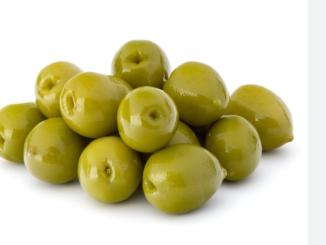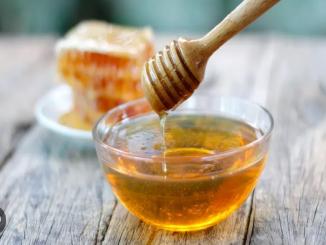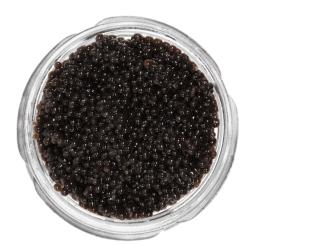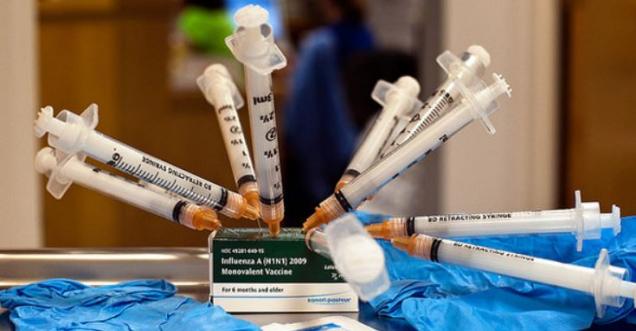
Viral Message: Nobody asks the nurse for the box or the insert when they get a flu shot. At least, I've never known anyone who said they did or do. Why not? We flip over food and beverage products all the time, to check for contaminants or stuff that we're allergic to. Millions of Americans
eMessage on – Social media and internet
Fact Check by Ayupp– False/ Almost False
Viral Message Example -
Nobody asks the nurse for the box or the insert when they get a flu shot. At least, I’ve never known anyone who said they did or do. Why not? We flip over food and beverage products all the time, to check for contaminants or stuff that we’re allergic to. Millions of Americans are getting injected every year with 100 times the mercury they’re worried about in fish, because they read about the salmon or tuna in some newspaper clip or saw a quick spot on the news.
Now remember, since most of the mercury in the food will be processed by your body with the food, you may only retain 10 percent of the toxic heavy metal. But when the nurse, who doesn’t offer you to look at the box or read the insert, jabs that needle into your upper arm and rubs it with a little cotton swab, while that nurse tries to help you avoid the flu, you’re actually getting something much MORE dangerous to your health (mainstream, “lame-stream” media cannot and will not talk about this).
Intramuscular injections contain 100 times the concentration of mercury you find in certain fish
If you’re a flu shot “frequenter” — meaning that you get one nearly every fall or winter, you are actually doing the opposite of what the flu “industry” (CDC) tells you on the insert and the box inside which the influenza vaccine comes. Yes, read it and you will know. Ask the nurse and have him/her leave the room while you review it. The flu shot warning tells you NOT to get the shot again if you’ve already had it. It doesn’t say how recently, or even whether that was when you were a child. It just flat out tells you not to get another one. So where does that put us with the whole vaccine schedule when you get 25 to 30 vaccines, including some flu shots, before the age of six? How much mercury are you getting and did you get, cumulatively, over the years? Is this why they warn you on the box and insert? (http://www.vaxchoicevt.com)
Viral Message Verification- As justified by the FDA
Thimerosal, which is approximately 50% mercury by weight, has been one of the most widely used preservatives in vaccines. It is metabolized or degraded to ethylmercury and thiosalicylate. Ethylmercury is an organomercurial that should be distinguished from methylmercury, a related substance that has been the focus of considerable study. Methylmercury is the type of mercury found in certain kinds of fish. At high exposure levels methylmercury can be toxic to people. In the United States, federal guidelines keep as much methylmercury as possible out of the environment and food, but over a lifetime, everyone is exposed to some methylmercury.
At concentrations found in vaccines, thimerosal meets the requirements for a preservative as set forth by the United States Pharmacopeia; that is, it kills the specified challenge organisms and is able to prevent the growth of the challenge fungi (U.S. Pharmacopeia 2004). Thimerosal in concentrations of 0.001% (1 part in 100,000) to 0.01% (1 part in 10,000) has been shown to be effective in clearing a broad spectrum of pathogens. A vaccine containing 0.01% thimerosal as a preservative contains 50 micrograms of thimerosal per 0.5 mL dose or approximately 25 micrograms of mercury per 0.5 mL dose. For comparison, this is roughly the same amount of elemental mercury contained in a 3 ounce can of tuna fish.
**Thimerosal is approximately 50% mercury (Hg) by weight. A 0.01% solution (1 part per 10,000) of thimerosal contains 50 µg (micrograms) of Hg per 1 mL dose or 25 µg of Hg per 0.5 mL dose.
1 The term "trace" has been taken in this context to mean 1 microgram of mercury per dose or less
2 Individuals 6 months of age and older receive a full-dose of vaccine, i.e., 0.5 mL
3 Children 6 months of age to less than 3 years of age receive a half-dose of vaccine, i.e., 0.25 mL; children 3 years of age and older receive 0.5 mL dose
Source:
https://www.fda.gov/BiologicsBloodVaccines/SafetyAvailability/VaccineSafety/UCM096228








